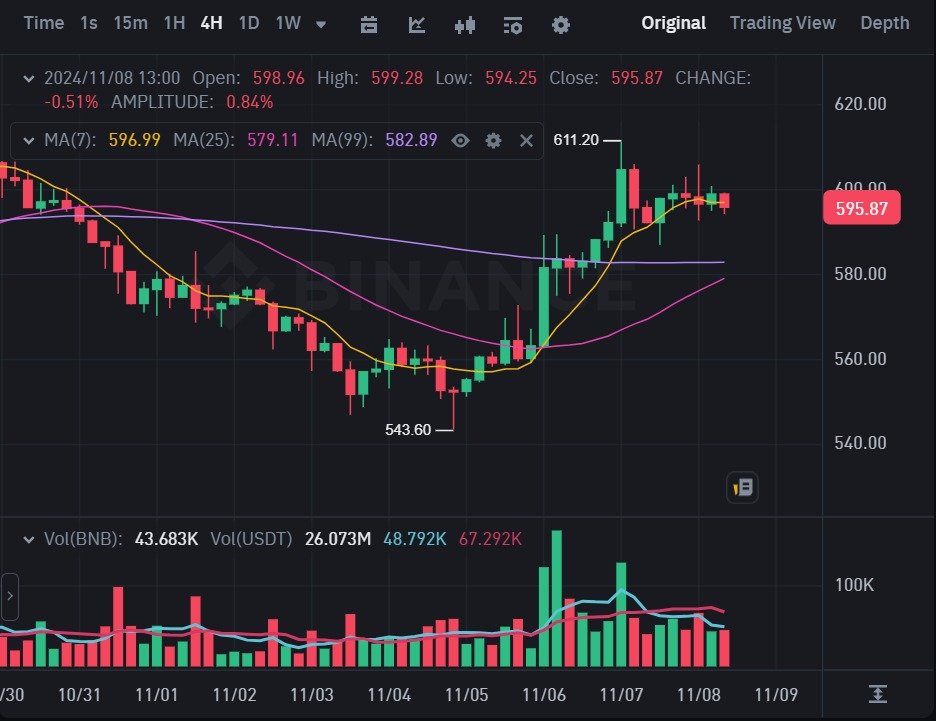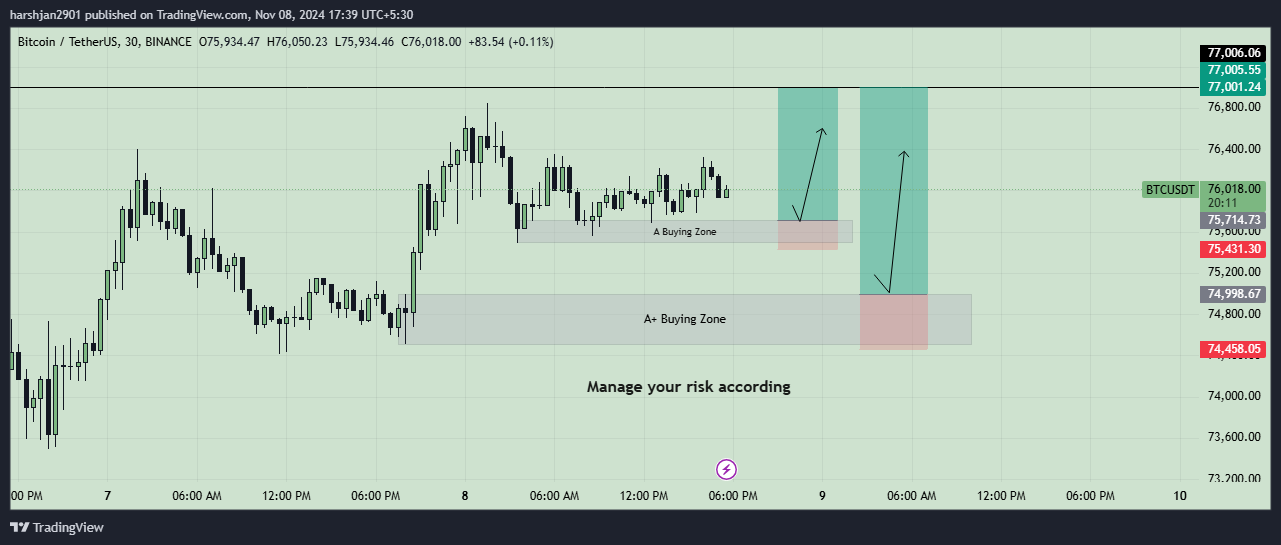The price of a cryptocurrency increases due to a combination of supply and demand factors, market sentiment, adoption rates, and external influences. Here’s a deeper dive into the main factors that drive the price of a cr
1. Supply and Demand
Just like any other market, the basic principle of supply and demand plays a significant role in determining the price of a cryptocurrency.
- Limited Supply: Most cryptocurrencies, like Bitcoin, have a fixed total supply, which creates scarcity. For example, Bitcoin has a maximum supply of 21 million coins. As more people want to own Bitcoin, the scarcity factor leads to an increase in price if demand remains constant or rises.
- Increasing Demand: If more people or institutions begin buying a cryptocurrency (due to factors like hype, adoption, or utility), the demand for that coin increases. When demand outstrips supply, prices naturally go up.
2. Market Sentiment
- Investor Sentiment: The cryptocurrency market is highly influenced by market sentiment, which can be driven by news, social media, influencers, and market trends. Positive sentiment (e.g., favorable news about adoption or regulatory clarity) often leads to a surge in buying, pushing prices higher.
- FOMO (Fear of Missing Out): As prices rise, more people may want to buy in, fearing they might miss a potential profit opportunity. This buying frenzy further drives up the price.
- Fear, Uncertainty, and Doubt (FUD): On the flip side, negative news, such as regulatory crackdowns or security breaches, can lead to panic selling and a decrease in price.
3. Adoption and Use Cases
- Mainstream Adoption: The more real-world use cases and adoption a cryptocurrency has, the more valuable it becomes. If large companies, financial institutions, or governments start using a coin (like Bitcoin or Ethereum), the demand increases, and so does the price.
- Retail Adoption: If a cryptocurrency becomes widely accepted for payments, investments, or as a store of value, it increases its utility, thus driving up its value.
- Partnerships: When a cryptocurrency partners with well-known businesses or platforms, it can increase confidence and adoption, contributing to price growth.
4. Technological Developments
- Network Upgrades: Positive technological advancements and updates (e.g., improvements in blockchain scalability, security, or smart contract capabilities) can have a positive effect on the price. For example, Ethereum’s switch from proof-of-work to proof-of-stake with Ethereum 2.0 is a significant development that has contributed to increasing confidence in its value.
- DeFi (Decentralized Finance): The rise of DeFi applications that are built on top of certain blockchain platforms (like Ethereum) can increase the demand for a particular cryptocurrency, driving its price up.
- NFTs and Metaverse: The increasing popularity of Non-Fungible Tokens (NFTs) and the Metaverse can drive demand for the underlying coins (like Ethereum, which powers most NFTs).
5. Institutional Involvement
- Institutional Investment: Large institutional investors such as hedge funds, family offices, and even corporations investing in cryptocurrencies (like Tesla buying Bitcoin) can create a surge in demand, which drives the price up.
- Crypto Funds and ETFs: The introduction of crypto exchange-traded funds (ETFs) or crypto investment funds makes it easier for institutional investors to participate, leading to more buying pressure and an increase in the coin’s price.
6. Market Liquidity
- Liquidity refers to how easily an asset can be bought or sold without affecting its price. Cryptocurrencies with higher liquidity (which often results from increased trading volume) tend to have more stable prices and are more likely to see growth, as larger transactions can occur without drastically changing the price.
- Low Liquidity: On the flip side, cryptocurrencies with low liquidity are highly volatile. A single large trade can significantly influence the price.
7. Media and Social Influence
- Media Coverage: Positive media coverage or a favorable spotlight on a cryptocurrency can attract new investors, raising demand. For example, Bitcoin often sees significant price surges after positive news coverage or celebrity endorsements.
- Social Media Trends: Social media platforms like Twitter, Reddit (e.g., r/cryptocurrency, r/bitcoin), and TikTok can also create “hype cycles,” where speculative traders rush in based on trending discussions.
8. Regulatory News
- Regulatory Clarity: When governments or financial authorities provide clear regulatory guidelines or legalization of crypto assets (for example, El Salvador adopting Bitcoin as legal tender), it boosts investor confidence and can lead to price appreciation.
- Government Bans or Restrictions: Conversely, bans or restrictive regulations can lead to a sudden drop in price as fear spreads among investors.
9. Halving Events (in Proof of Work Cryptocurrencies)
For proof-of-work (PoW) cryptocurrencies like Bitcoin, periodic events known as halvings reduce the block rewards for miners, decreasing the rate at which new coins are introduced into circulation.
- Bitcoin Halving: Bitcoin has a halving event approximately every 4 years, where the reward for mining a block is halved. This reduces the overall supply of new Bitcoin, which can lead to upward price pressure if demand remains constant or increases. Past halving events have often been followed by significant price surges.
10. Global Macroeconomic Factors
- Inflation and Monetary Policy: In times of high inflation or monetary instability, some investors flock to cryptocurrencies, viewing them as a store of value (like digital gold). This increased demand can cause the price of certain coins to rise.
- Geopolitical Events: Crises like war, economic downturns, or trade restrictions can cause people to seek refuge in decentralized assets like cryptocurrency, increasing demand and subsequently raising prices.
11. Scarcity and Token Burn Mechanisms
- Token Burning: Some projects use mechanisms like token burns, where a portion of the total supply is intentionally destroyed (removed from circulation), making the remaining coins more scarce and potentially increasing their value.
- Scarcity in Proof-of-Stake Networks: In PoS networks, the idea of staking coins and locking them up for rewards can create a form of scarcity, which can influence supply-demand dynamics.
Conclusion: Understanding Crypto Price Increases
Cryptocurrency prices are influenced by multiple factors, but the most significant ones revolve around supply and demand, market sentiment, adoption, technological advancements, and institutional participation. While these factors can lead to dramatic price increases, it’s important to note that the crypto market is highly volatile, and price swings can happen rapidly.
At Lumina Lore, we help investors navigate these complexities with advanced strategies like copy trading and bot trading to make informed decisions in a dynamic market. Whether you’re looking to take advantage of price movements or build a long-term strategy, our tailored solutions are designed to maximize your crypto investment potential.
👉 Get started with Binance: Sign up through our referral link
👉 Explore Copy Trading with Binance: Enhance your strategy.



